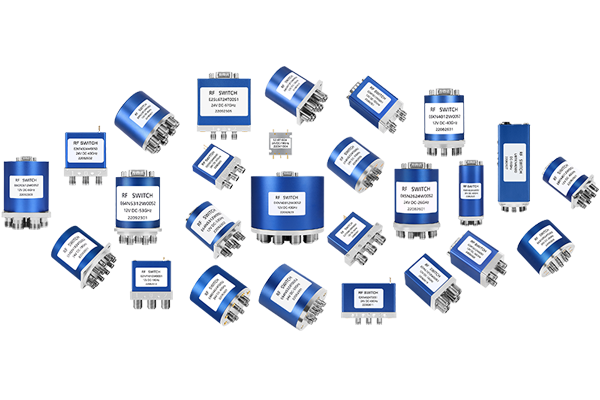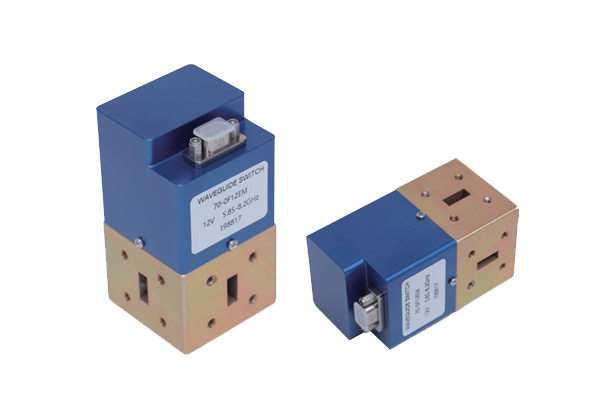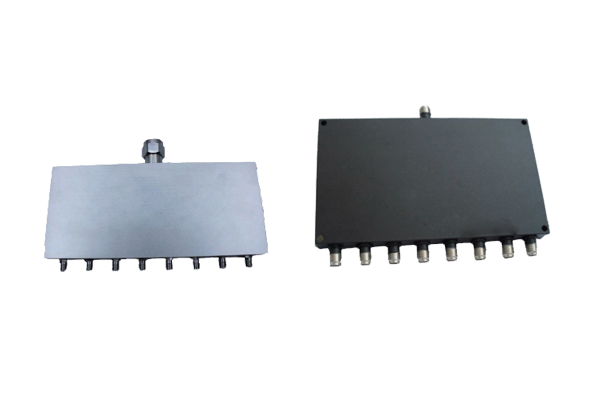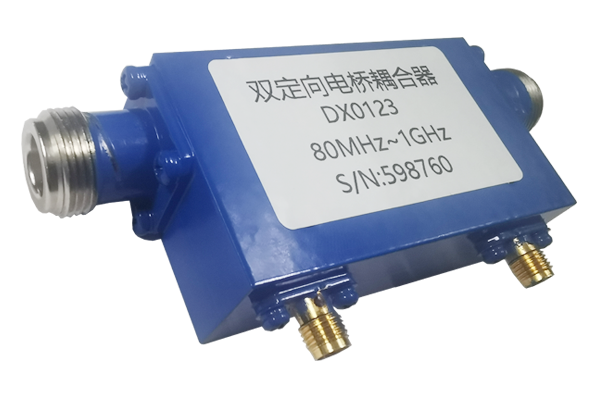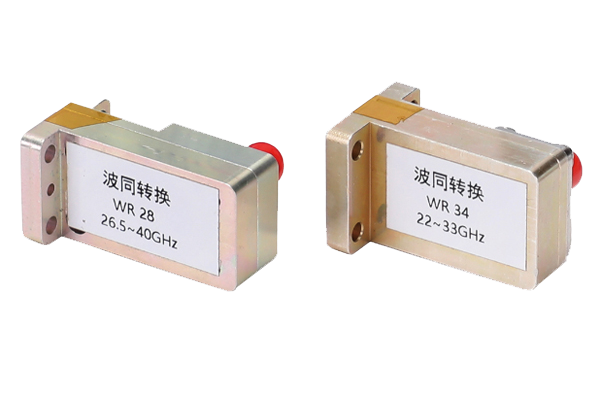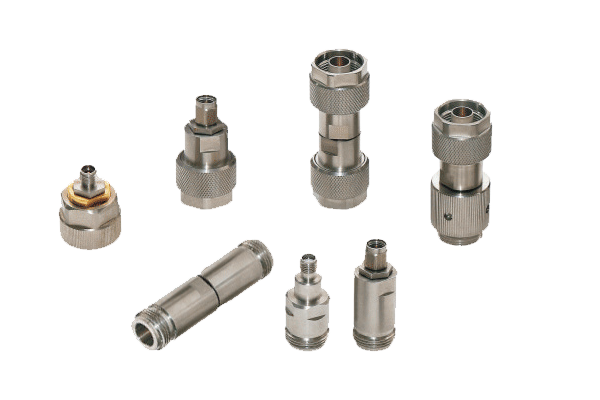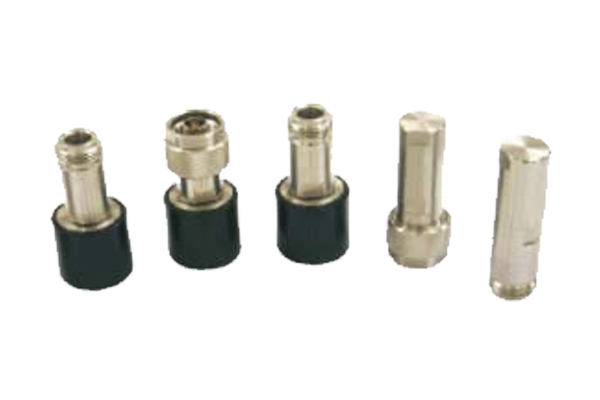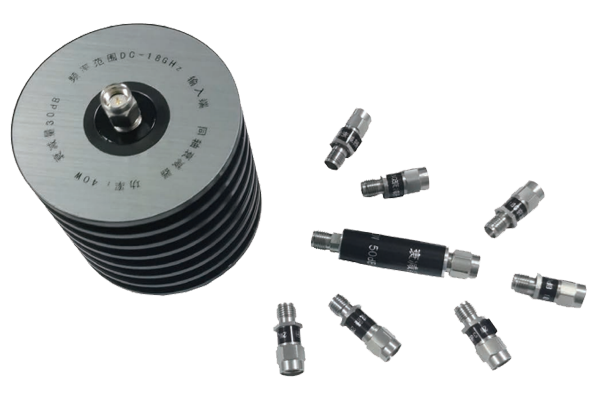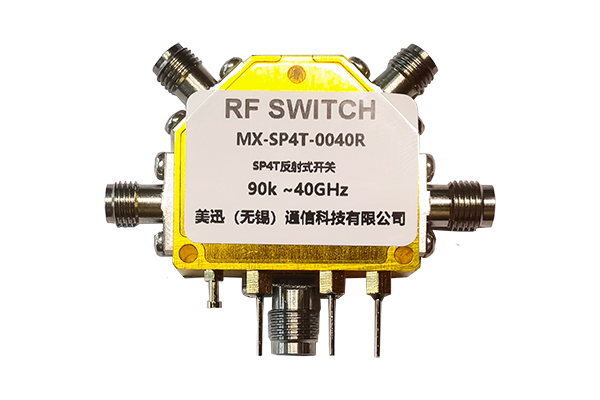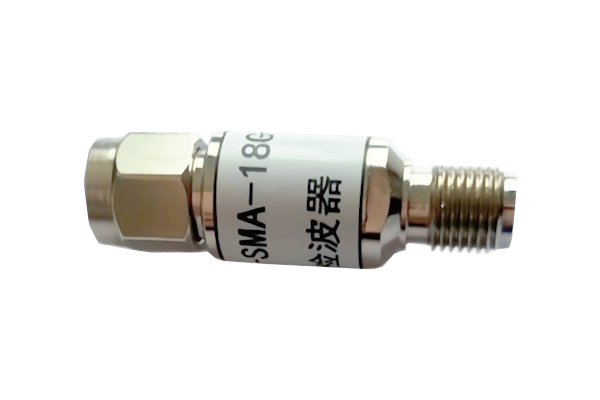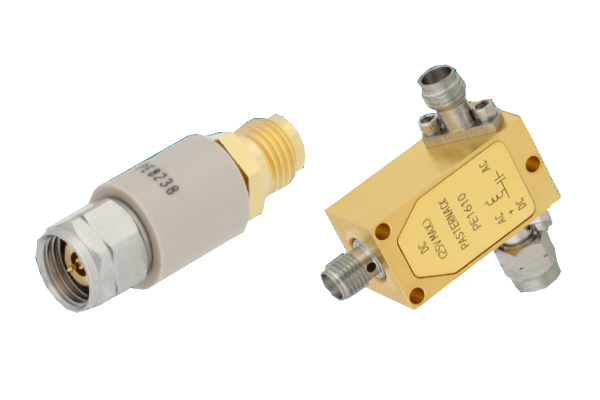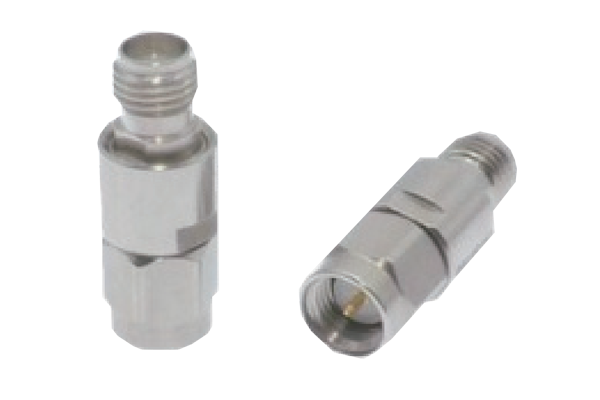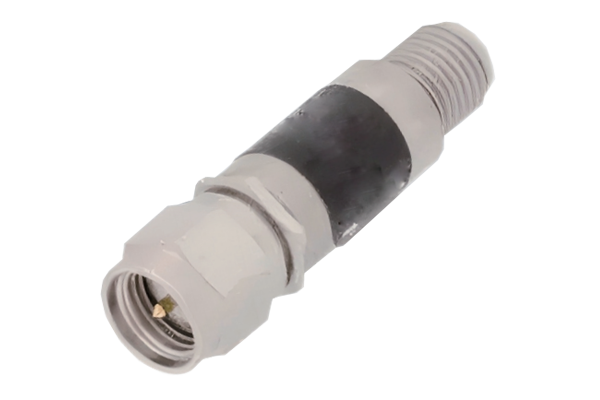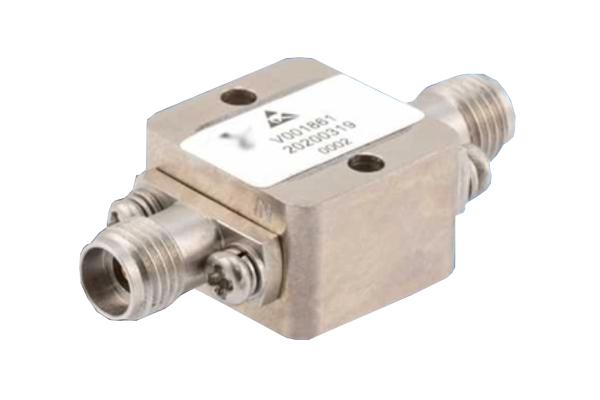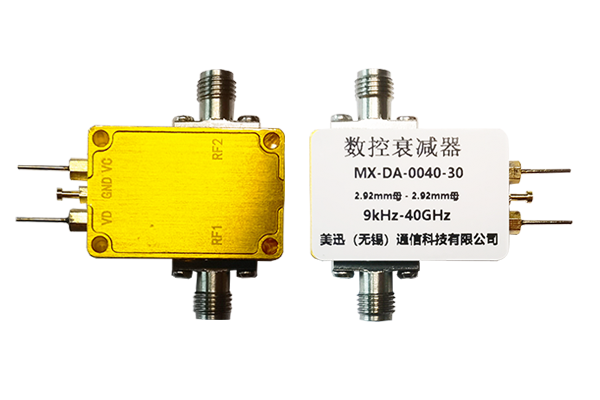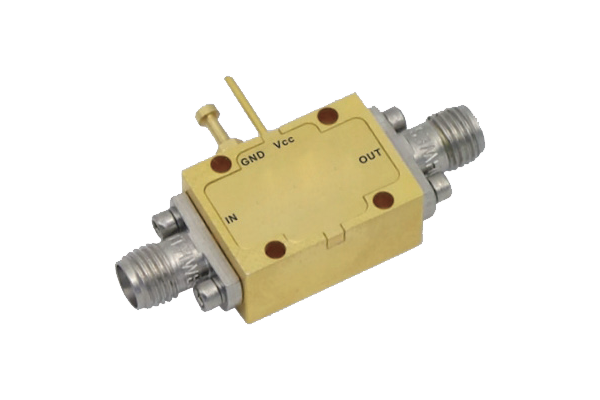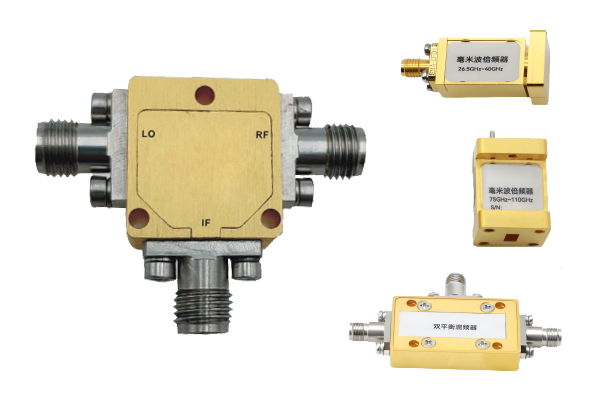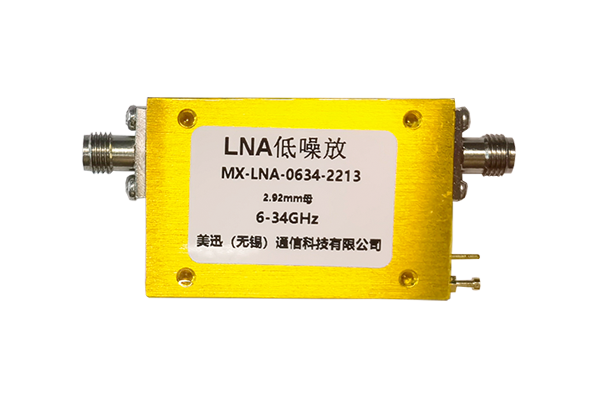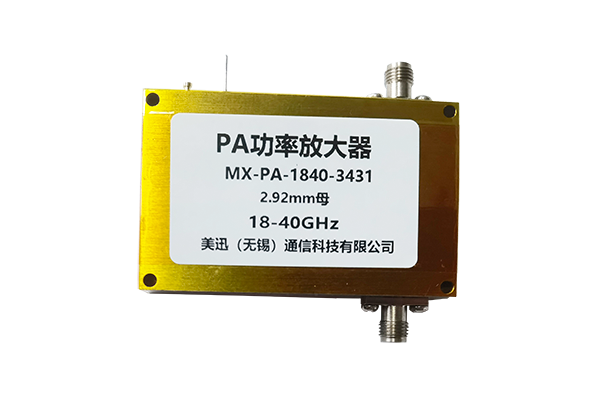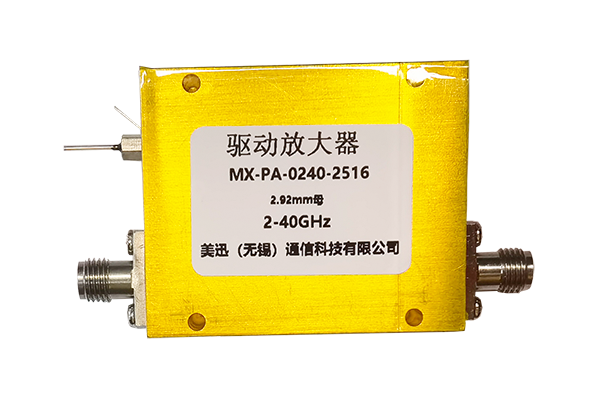What's the Difference Between Manual and Automatic Waveguide Switches
Manual vs. Automatic Waveguide Switches
Key Differences and Selection Criteria
Manual Waveguide Switches
Operation Mechanism
- Physical adjustment via knobs, levers, or screws
- Direct human control required
Advantages
- Simple design with fewer moving parts
- Durable and cost-effective
- No power requirements
Limitations
- Slower response times
- Requires physical access
- Not suitable for rapid switching needs
Automatic Waveguide Switches
Operation Mechanism
- Electric motors, solenoids, or piezoelectric actuators
- Remote control via voltage or software commands
Advantages
- Instant, precise adjustments
- Programmable operation
- Seamless digital integration
Limitations
- Higher initial cost
- More complex maintenance
- Requires power source
Critical Comparison Points
- Speed: Automatic switches offer millisecond response vs. manual's human-dependent timing
- Cost: Manual switches typically cost 30-50% less than automatic versions
- Maintenance: Manual requires lubrication; automatic needs motor/electronics upkeep
- Environment: Automatic models often have protective enclosures for harsh conditions
- Integration: Only automatic switches can be software-controlled in digital systems
Selection Guidance
Choose manual switches for simple, cost-sensitive applications where human control is acceptable.
Opt for automatic switches when speed, programmability, and system integration are critical.



